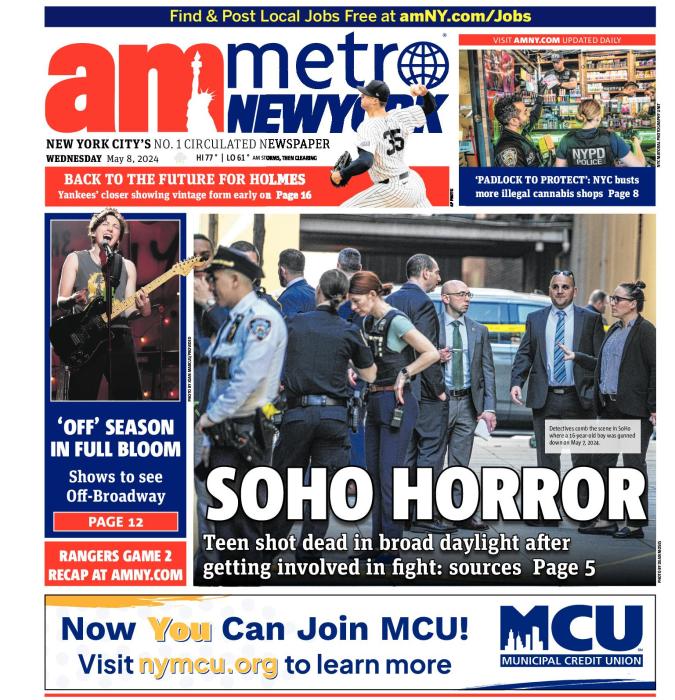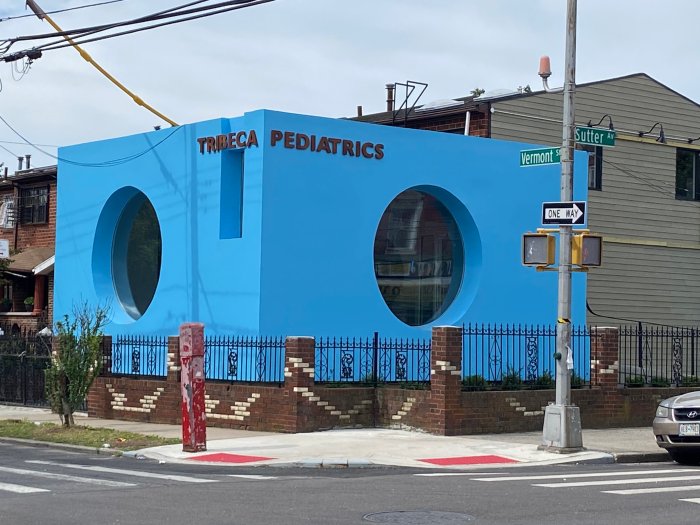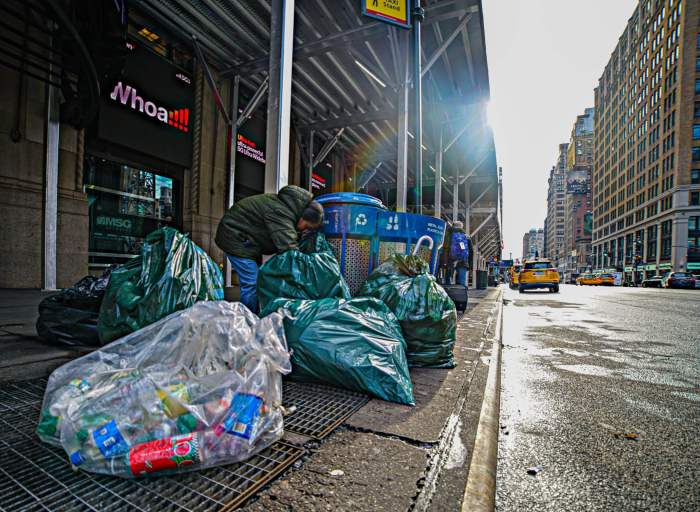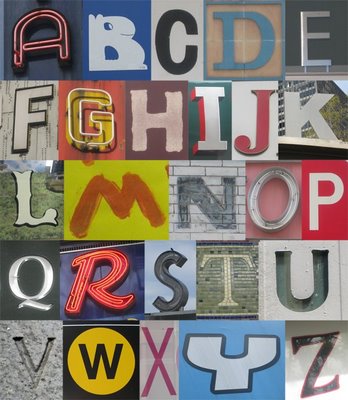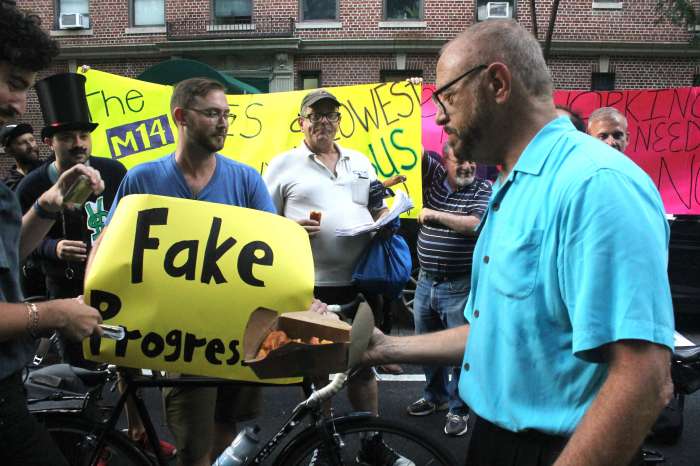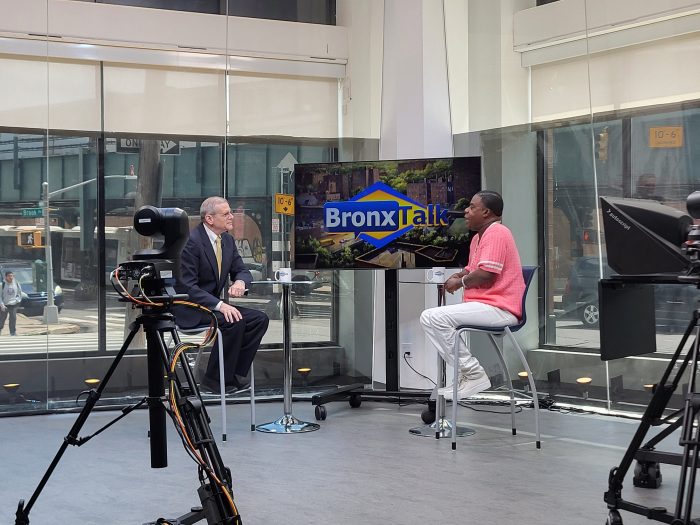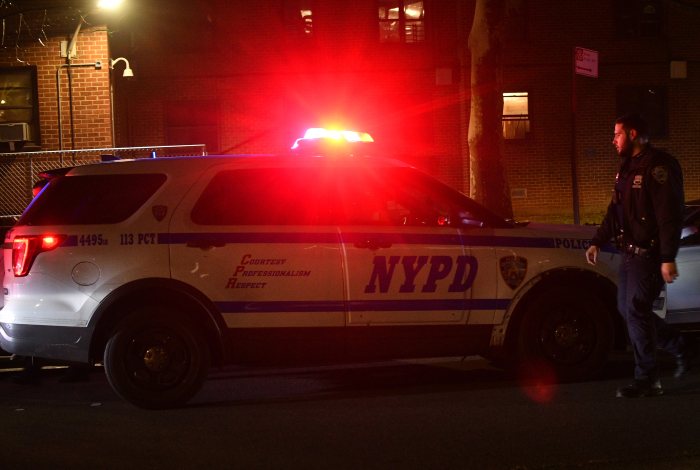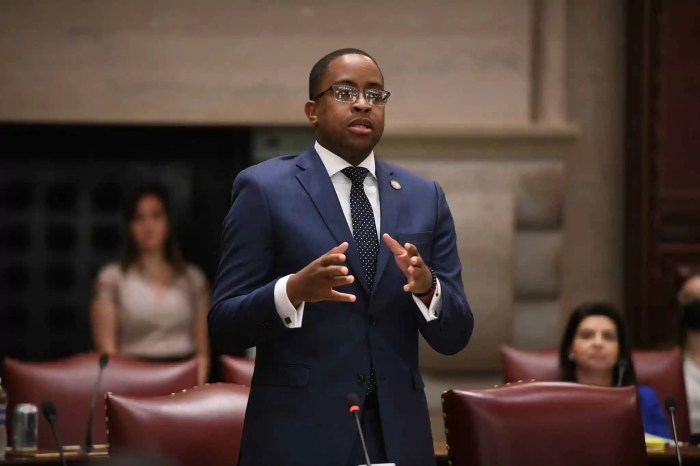Fame, yes — but that’s all
To The Editor:
Re “Soho neighbors are not aTwitter over Kardashians” (news article, Nov. 11):
Is their apparel made in America? Who am I kidding. Let’s face it, we are not talking quality here. We are talking fame. The oddsmakers are giving DASH two years. However the voices echoing from “The Factory” give it 15 minutes.
One thing for certain, Soho has certainly changed a lot since most of the major art galleries left or were driven out by huge cost of space. (“The rent is too damn high.”)
On the other hand, funds seem to be no problem to the Kardashians as they can easily afford to move in and stick around Soho for a little while. However, the elements of creativity, value and style do seem to pose a problem to them, and that is likely to remain a major issue for the duration of their stay.
Lawrence White
Shul should be landmarked
To The Editor:
Re “Historic synagogue needs condo units on top, rabbi says” (news article, by Lesley Sussman):
We were glad to see The Villager’s article regarding the past and future of the historic Meseritz synagogue, at 425 E. Sixth St. The last functioning tenement synagogue in the East Village, Meseritz is a vital piece of our neighborhood and our city’s history, and one which we are very interested in seeing survive.
That’s why in 2008 when there was a plan to demolish the existing building, the Greenwich Village Society for Historic Preservation and the East Village Community Coalition urged the city’s Landmarks Preservation Commission to consider landmark designation of the structure. While L.P.C. did not and has not yet chosen to pursue landmark designation, the developer who had promised to replace the 1910 building with new condos and a new sanctuary for the synagogue backed out of the deal after the publicity surrounding the protests against the demolition plan. This opposition included objections from some members of the congregation and from other Lower East Side Jewish groups, as well as our own.
The challenges that the Meseritz synagogue faces are undeniable. However, we believe that Rabbi Ackerman incorrectly sees preservation of the existing building as an impediment rather than an asset and opportunity. Landmark designation of the building, as well as listing on the State and National Register of Historic Places, which we have also proposed, would in fact provide multiple opportunities for grants and loans to help with restoration of the building, as well as access to otherwise restricted zoning tools to help with preservation of the property.
Landmark designation also does not freeze a property in amber, as the rabbi contends, or “tie the hands” of the owner, but simply helps ensure that any changes are consistent with the building’s historically significant character.
Additionally, landmark designation has a hardship provision, which in a worst-case scenario, allows an owner who is financially unable to meet the requirements of landmark designation to be relieved of those obligations. In fact, scores of houses of worship throughout the city, including in the East Village, have flourished under landmark designation, from St. Mark’s Church in the Bowery, one of New York City’s first designated landmarks, to the Father’s Heart Church, at 545 E. 11th St., the East Village’s most recent landmark designation, which was supported by church leaders.
So, rather than turning the synagogue into a “lifeless museum” visited only by “tourists,” we firmly believe that landmark designation and other recognition of the shul’s historic significance would actually create new opportunities to help ensure that Meseritz can thrive for generations to come. And we continue to offer ourselves as a resource to the rabbi and to Meseritz to help make that a reality.
Andrew Berman
Kurt Cavanaugh
Berman is executive director, Greenwich Village Society for Historic Preservation; Cavanaugh is managing director, East Village Community Coalition
Condo plan needs study
To The Editor:
Re “Historic synagogue needs condo units on top, rabbi says” (news article, by Lesley Sussman):
With enormous affection for Rabbi Ackerman, the synagogue and its congregation, I would like to respectfully disagree with some of the points made by reporter Lesley Sussman in this article. Mr. Sussman, who like my family, has attended services there for a number of years and also loves the synagogue, is in a position to know that the story is more complicated than what was presented to The Villager’s readers.
As a community resident, and someone deeply concerned both for the religious life of the Lower East Side’s historic synagogues and their architectural and physical heritage, I’m not necessarily opposed to the proposed solution of adding housing above the existing building. At this point, I simply want to know what it entails.
Who exactly is proposing this solution? What is the presumed impact on the synagogue? One risk that needs to be taken into account is if the synagogue closes for a while due to construction, will it have enough momentum to open back up?
As The Villager had noted in a series of articles two years ago, we were then told that the historic Meseritz synagogue was to be sold to Jared Kushner (a.k.a. Ivanka Trump’s husband), who was going to tear down the building. Community protests stopped that sale from going through at the last minute. Only now are we told that the synagogue’s best option is to have condos on its roof. If so, this is something which should be carefully vetted to see if it is a reasonable option. I would respectfully suggest that an existing-conditions survey be done by an architect and engineer, preparatory to any decisions, so that various options are pragmatically on the table.
I believe the synagogue should then call a well-publicized meeting; get all the people involved who have before and now do daven (pray) there; and present options and prepare materials for people to look at in advance. Some of us who’ve prayed there don’t even know who is currently on this board that is supposedly in favor of this and how they were elected. How is membership being defined in a synagogue that has returned contributions from people simply for disagreeing that the building should be torn down?
New York State requires that religious corporations, such as synagogues, have governance so that individuals do not unduly benefit from community property. Unfortunately, a sensitivity to democracy and transparency is sorely lacking here in discussing one of the last truly authentic buildings where the history of this neighborhood of immigrants and its living community come together.
Elissa Sampson
Smoking’s L.G.B.T. impact
To The Editor:
Re “Mendez says proposed public-smoking ban a real drag” (news article, Oct. 28):
I am the coordinator of the SmokeFree Project Social Action Group at the Lesbian, Gay, Bisexual and Transgender Community Center in the West Village. The Social Action Group is part of the L.G.B.T. SmokeFree Project, which helps individuals who are trying to quit smoking cigarettes.
Smoking is the leading cause of preventable death in New York City. Smoking is also a problem for my community — lesbian, gay, bisexual and transgender (L.G.B.T.) people.
We have a particular problem throughout Manhattan, especially among teens and young adults. Research indicates smoking kills more L.G.B.T. people each year than hate crimes, suicide and AIDS combined, and more lesbians die of lung cancer than breast cancer. Fifty-nine percent of self-identified L.G.B.T. teenagers report using tobacco, compared to 35 percent of self-identified straight teens. And finally, recent studies in New York State found that 70 percent of people living with H.I.V. are smokers.
As more is learned about the dangerous effects of the toxins and carcinogens in secondhand smoke, New York should heed the declaration of the surgeon general that there is no safe level of exposure to secondhand smoke.
The proposal to make New York City parks and beaches smoke-free impacts us all and is an important public health measure that’s already been adopted in Chicago, Los Angeles and dozens of other counties in New York State. Fresh air is a valuable commodity in a big city, and whether you’re enjoying Hudson River Park or Tompkins Square Park, you should be able to do so without having to breathe in someone else’s smoke.
Adam Steiner
Mendez should back ban
To The Editor:
Re “Mendez says proposed public-smoking ban a real drag” (news article, Oct. 28):
Councilmember Mendez supported the smoking ban in bars and restaurants, and making parks and beaches smoke-free is a natural step forward to protect the health of New Yorkers. The more we learn about the dangers and health implications of secondhand smoke, the more important it is to provide havens from the toxins and carcinogens coming from someone else’s cigarette.
If you are sitting just a few feet away from a smoker — as many of us have experienced, since New York City’s parks and beaches are well-used and often crowded — the health effects of breathing in that person’s smoke are the same as if you are indoors. That means that whether you are enjoying a concert inside at Carnegie Hall or outdoors at the Washington Square Music Festival, someone smoking near you and your family can trigger grim health repercussions, particularly for children.
Regarding enforcement, the Parks and Sanitation departments, which already handle similar violations, would be responsible. A public-education campaign and appropriate signage would inform parkgoers and beachgoers, as well as empower them to ask someone to put out his or her cigarette.
The negative health effects of secondhand smoke are tangible whether you are in a confined area or an open space. Smoke-free public parks and beaches are becoming more common as Chicago, Los Angeles and dozens of other counties around New York State have taken action to protect their residents from secondhand smoke. It’s time that New York City did the same.
Maria Pico
Pico is borough manager, Manhattan Smoke-Free Partnership
E-mail letters, not longer than 250 words in length, to news@thevillager.com or fax to 212-229-2790 or mail to The Villager, Letters to the Editor, 145 Sixth Ave., ground floor, NY, NY 10013. Please include phone number for confirmation purposes. The Villager reserves the right to edit letters for space, grammar, clarity and libel. The Villager does not publish anonymous letters.
